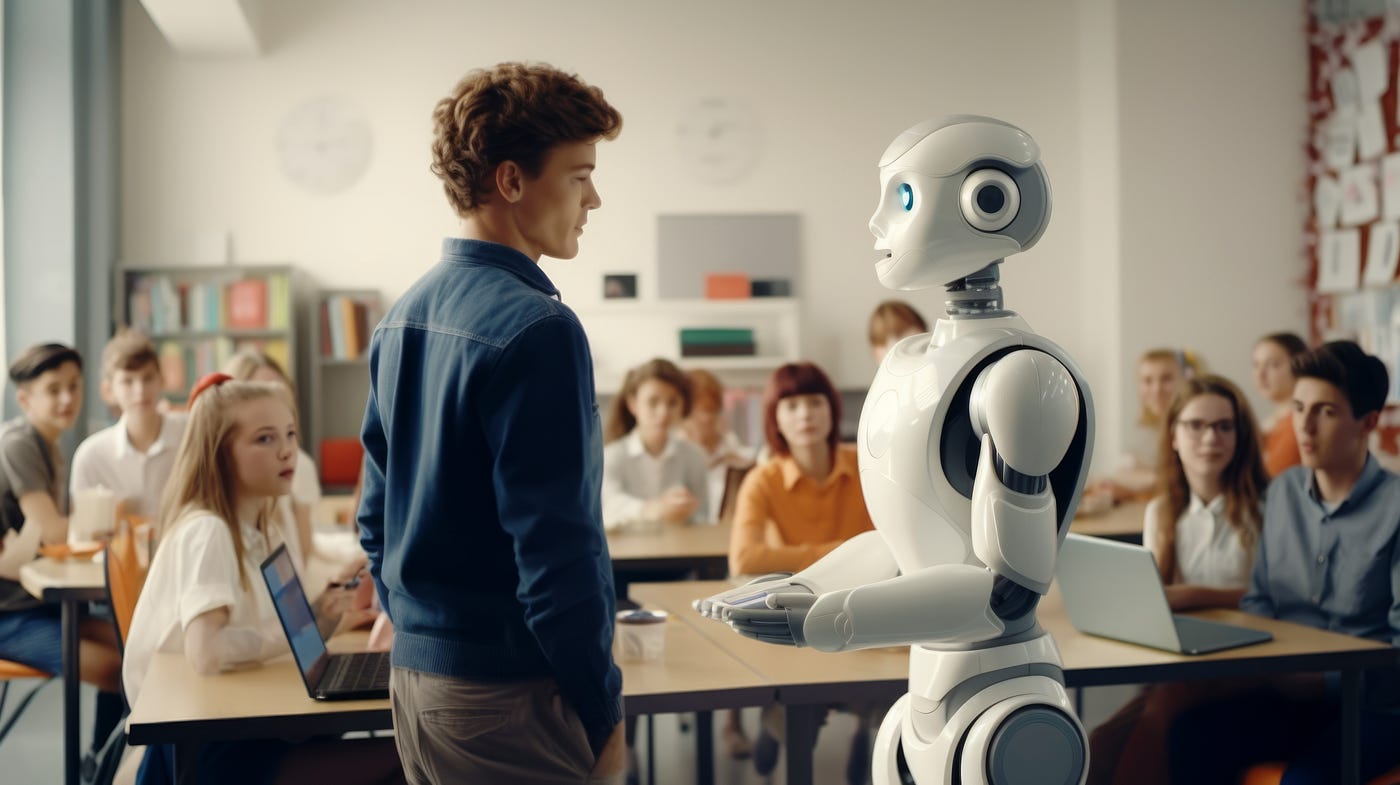In a world increasingly driven by automation, AI in education has become both a solution and a symptom. While artificial intelligence offers exciting possibilities from personalized learning to real time feedback it also raises deep concerns. Chief among them is a disturbing trend, AI thrives where real education is shrinking. When critical thinking, curiosity, and cultural knowledge are devalued, AI steps in to fill the void not to empower students, but to replace authentic learning.
A Forgotten Era: When Working Class Children Read the Classics
In 1940, translator and educator A.J. Jenkins conducted a groundbreaking survey on the reading habits of working class British children. These were kids who, by age 14, would leave school and enter blue collar jobs. Yet their reading choices would astonish us today. The titles included Jane Eyre, The Pickwick Papers, The Pilgrim’s Progress, and The Mill on the Floss. Boys read four to six books a month, girls even more.
What makes this case study powerful is that it disproves a modern myth that deep, intellectual engagement is only possible for the elite. These children, despite economic hardship and limited schooling, immersed themselves in complex literature. Their education wasn’t perfect, but it was respected.
Compare that to now: in many parts of the world, AI in education has turned into a shortcut a way to bypass reading, writing, and even thinking.
AI Should Support, Not Supplant Education
Dr. Amanda Cheng, an education policy expert at Stanford University, warns that the wrong use of AI is already reshaping classrooms. We see students relying on chatbots to write essays, solve equations, even do science projects she says. But this isn’t how AI in education was meant to work. It’s becoming a replacement for human thought, not a tool to enhance it.
She emphasizes the risk of cognitive atrophy, where students no longer engage in trial and error, reflection, or problem solving. In environments where education is already undervalued, AI becomes dangerous. It fills a vacuum, but with shallow learning.
Two Realities: Personal Experience from the Front Lines
Thomas Alvi, a teacher who has taught in both a low income rural school in Pakistan and a tech enabled private academy in Dubai, shares a personal experience. In Dubai, AI in education is tightly integrated with teacher guidance. Students use AI tools like language correction or science simulators, but they still write, read, and defend their thoughts, he explains.
But back in Pakistan, where we had few trained teachers and low literacy support, students used AI to write full assignments and teachers accepted them. He describes it as a quiet collapse of effort. Not because students lacked ability, but because they were never taught the value of learning itself.
When Technology Meets Devalued Education
AI is not inherently harmful. Adaptive tools like Khan Academy’s AI tutor or Grammarly’s learning feedback systems are revolutionary when used properly. But in education systems that focus on test passing instead of idea exploration, these tools become crutches. A study published in The Journal of Educational Technology & Society showed that in high performing schools, AI in education increased student curiosity.
In underperforming schools, however, it mostly led to dependency and plagiarism. This dual outcome highlights a painful truth: the success or failure of AI in education depends not on the tool, but on the culture surrounding learning.
Cultural Attitudes Shape How AI Is Used in Schools
Cultures that treat learning as a lifelong pursuit valuing literature, philosophy, and ethics use AI to deepen knowledge. Cultures that reduce learning to utility and employment stats use AI to minimize human effort. Professor Laila Hassan from the University of Edinburgh puts it bluntly, AI doesn’t devalue education. We do. But where education is already devalued, AI becomes an accomplice.
To resist the hollowing out of education, we need a new framework, Train educators to guide students in AI use, not abandon critical tasks to machines. Reintroduce reading culture in schools. Even assigning a single classic novel can build attention span and empathy. Hold students accountable for understanding what AI outputs, not just submitting them. Update policies so AI is used ethically, creatively, and in tandem with human insight.
Human Thinking Is Still the Gold Standard
The children in Jenkins’ 1940s study didn’t need AI. They had curiosity, guidance, and a cultural respect for books. Today’s children have more tools than ever, but they also face the risk of becoming passive users of machine output.
AI in education should be a lever for deeper understanding not a trapdoor into laziness or disconnection. If we want AI to elevate learning, we must first elevate how we value education itself.

